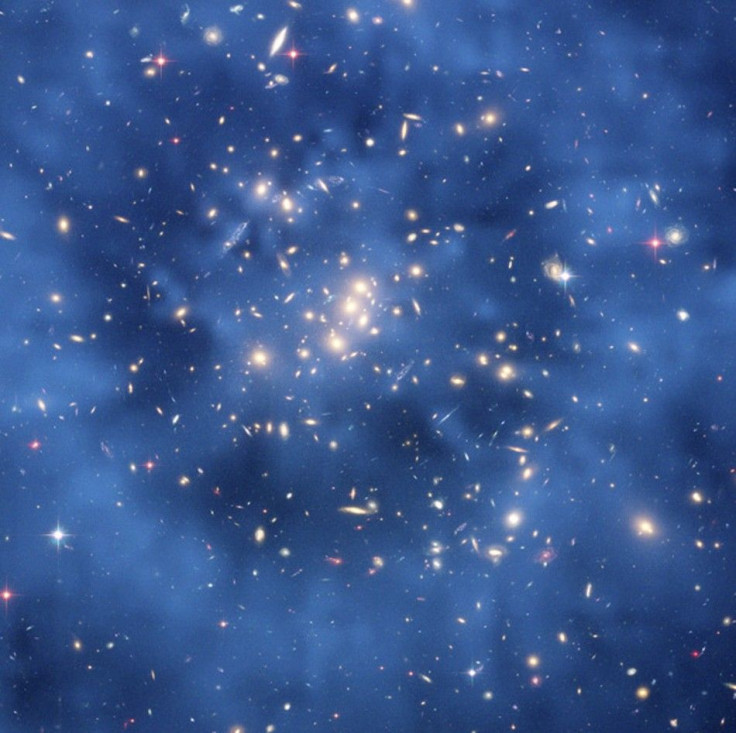Galaxy Clusters Light Confirms Einstein's General Theory of Relativity

Einstein was positively right about relativity.
Albert Einstein revolutionized the way science thought about space and time when he said the two were inseparable. But one of the more unprovable ramifications was that mass has a warping effect on space-time, much like a bowling ball set on a mattress would depress the cushion around itself.
But now a group of researchers in Denmark has showed Einstein's general theory of relativity was right all along. Astrophysicist Radek Wojtak led the team in examining 8,000 galaxy clusters to put Einstein's theory to the test. Galaxy clusters are gigantic objects with thousands of galaxies, with much stronger gravity present in their centers.
According to the theory, light should lose energy when escaping from a gravitational field. And the light will lose more energy escaping from a stronger field. So light coming from the center of the galaxy clusters should lose more energy than light coming from the edges of the cluster. This is called gravitational redshift.
As predicted by the theory, the redshift was proportional to how far from the center of the galaxy the light was traveling. Redshift can be caused by other factors, such as how far the light has to travel before it gets to earth. So Wojtak had to use data samples taken by the Slone Digital Sky Survey and compile the average of the 8,000 galaxy clusters analyzed in the sample.
The study also has some darker ramifications. The study supports the theory of "dark energy," a mysterious invisible substance that seems to be pushing the universe farther away from itself.
[source Science Now]
© Copyright IBTimes 2024. All rights reserved.




















